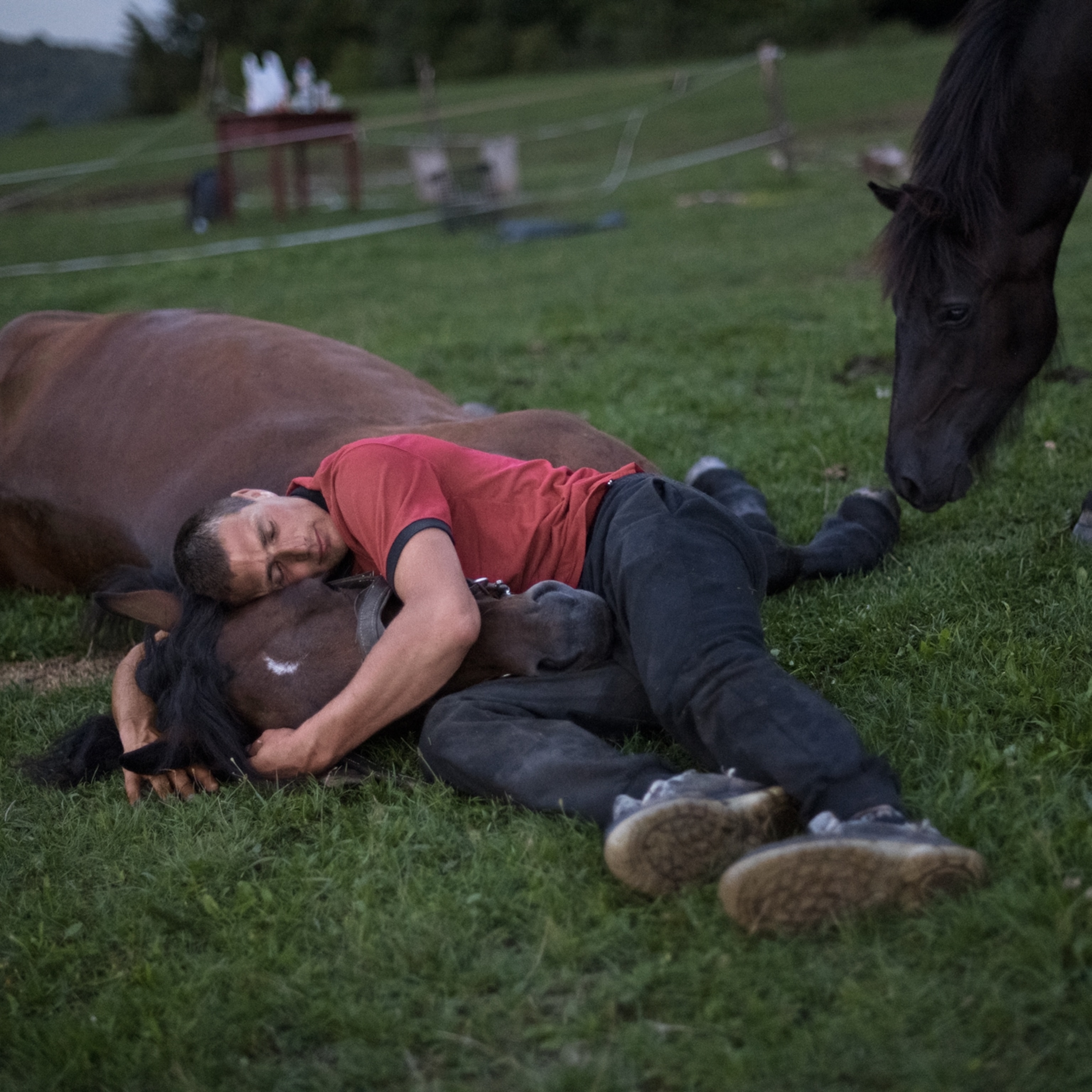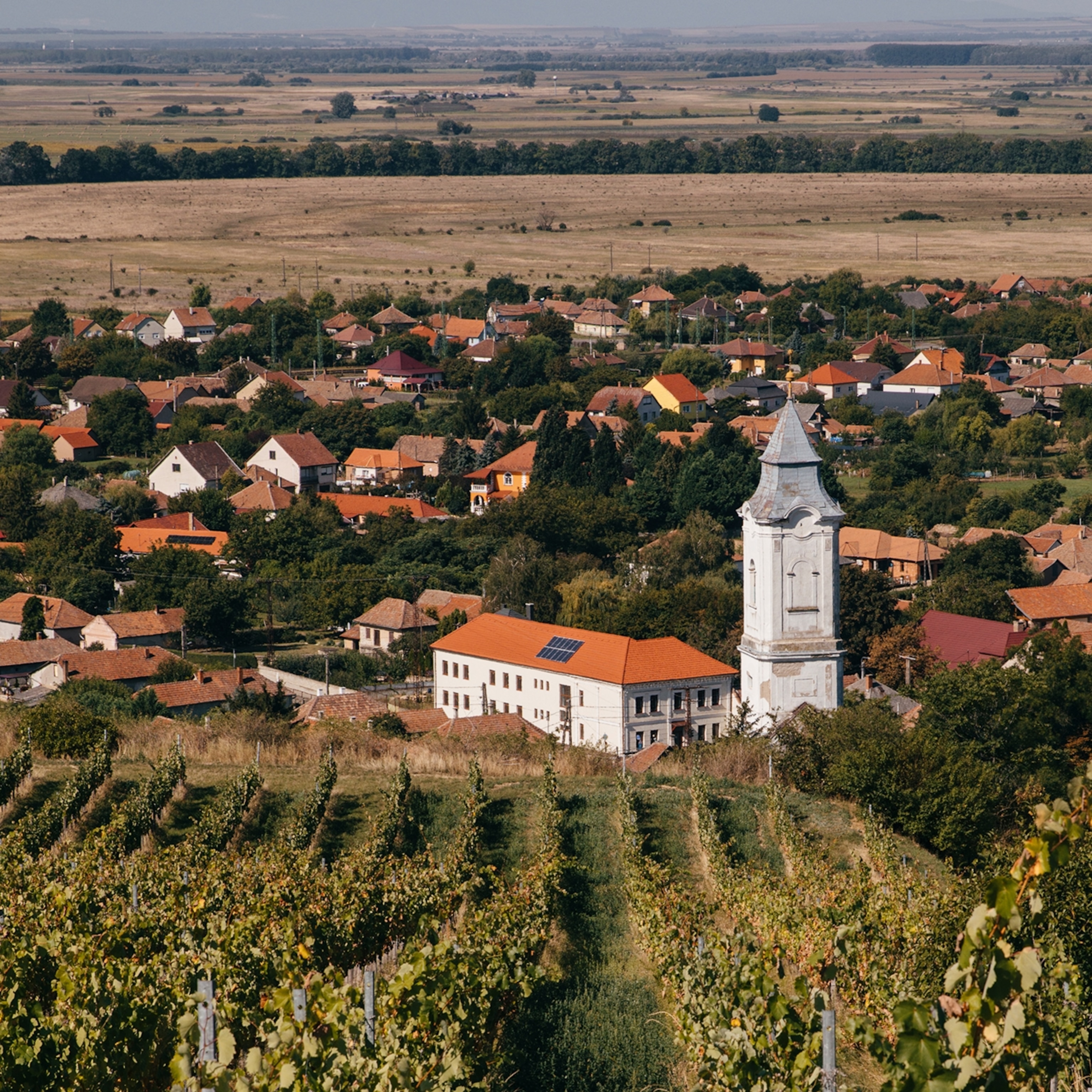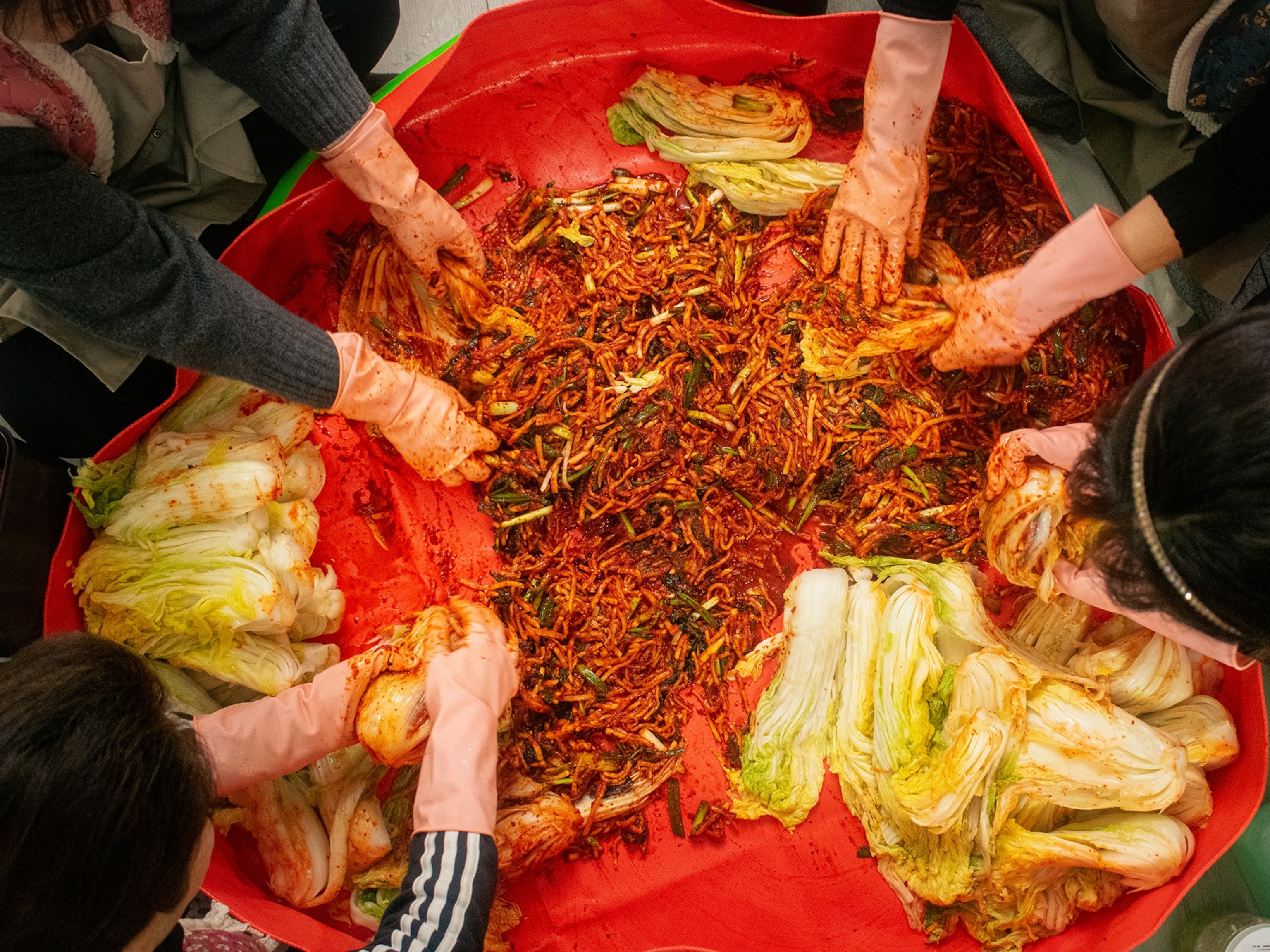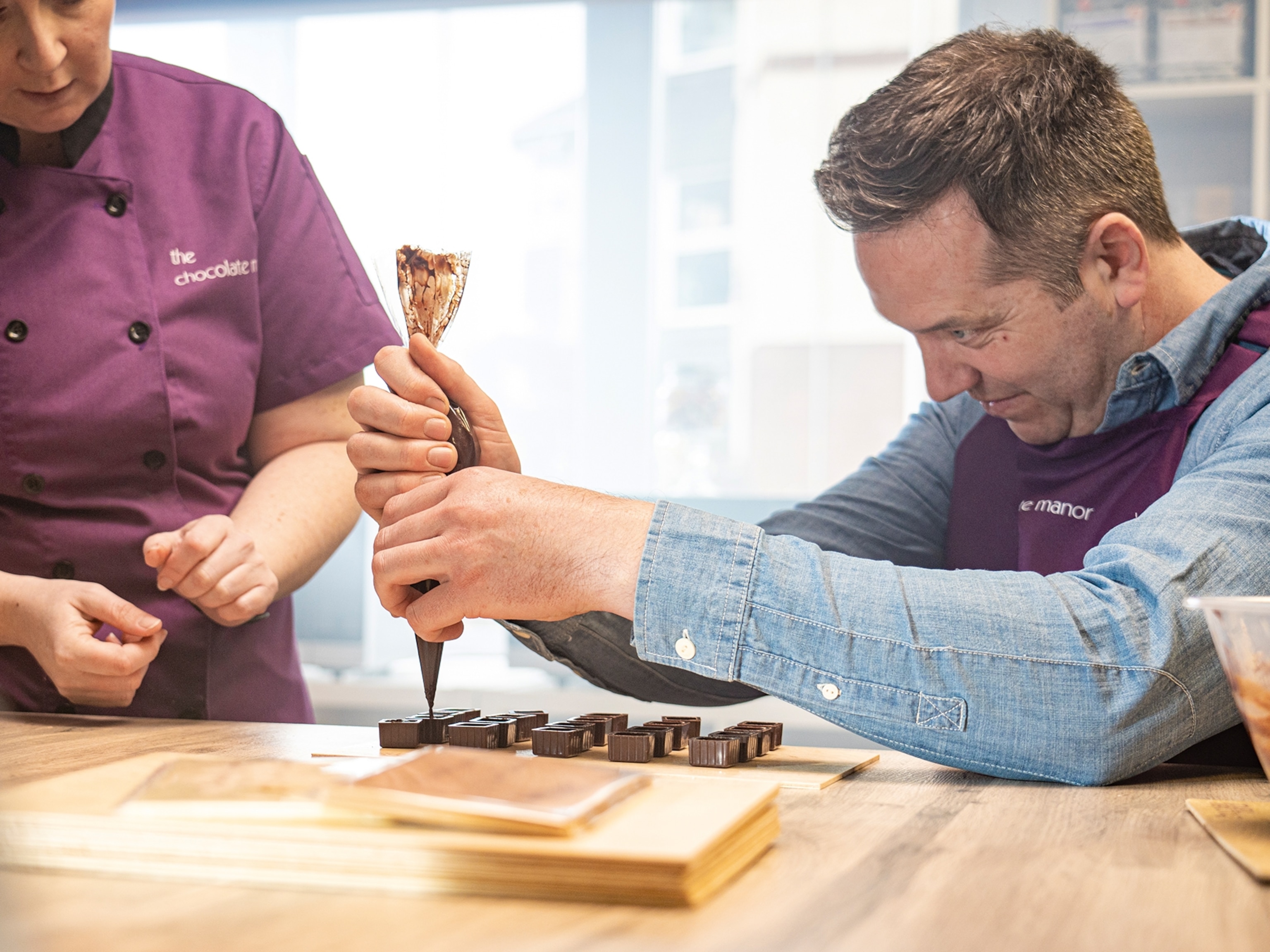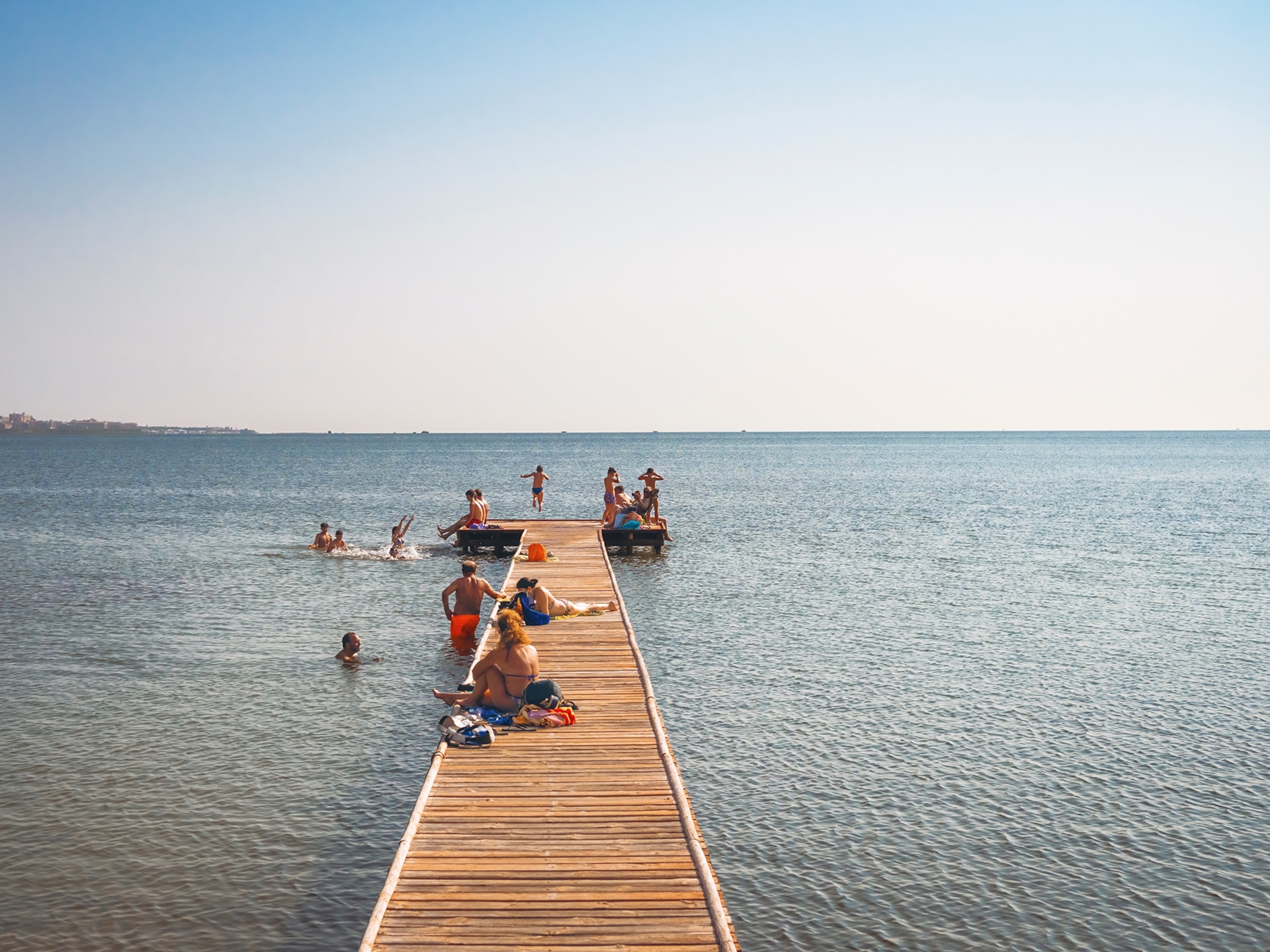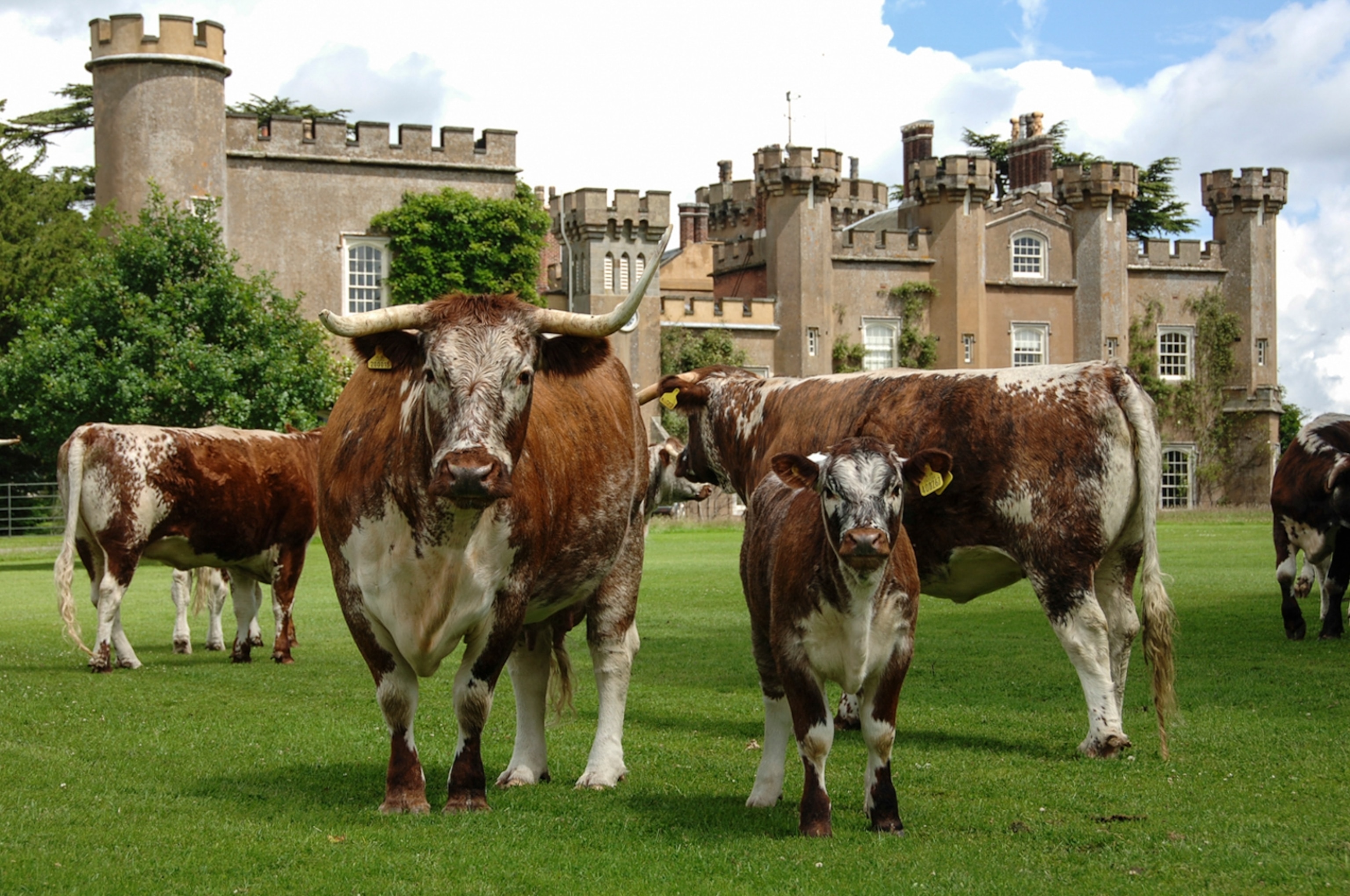
Rewilding Farm Creates Refuge for England’s Rare Turtledoves
The owners of Knepp Castle Estate, in Sussex, converted their 3,500 acres from crops to wilderness—and now rejoice in the transformation.
“The time of the singing of birds is come, and the voice
of the Turtle is heard in our land.” Song of Solomon
The nightingales are back!
From the thickets of our rewilding project comes a virtuoso performance: an aria of liquid trills and throaty gurgles, ending in an exuberant whistling crescendo. We stalk along the periphery of what was once a hedgerow—now an explosion of blackthorn, dog rose, bramble, alder, and oak—soaking in the sound.
Only a few days earlier, good as gold, we heard our first cuckoo—another summer migrant, released from the continent by the sudden wind change from northeasterly to southwesterly.
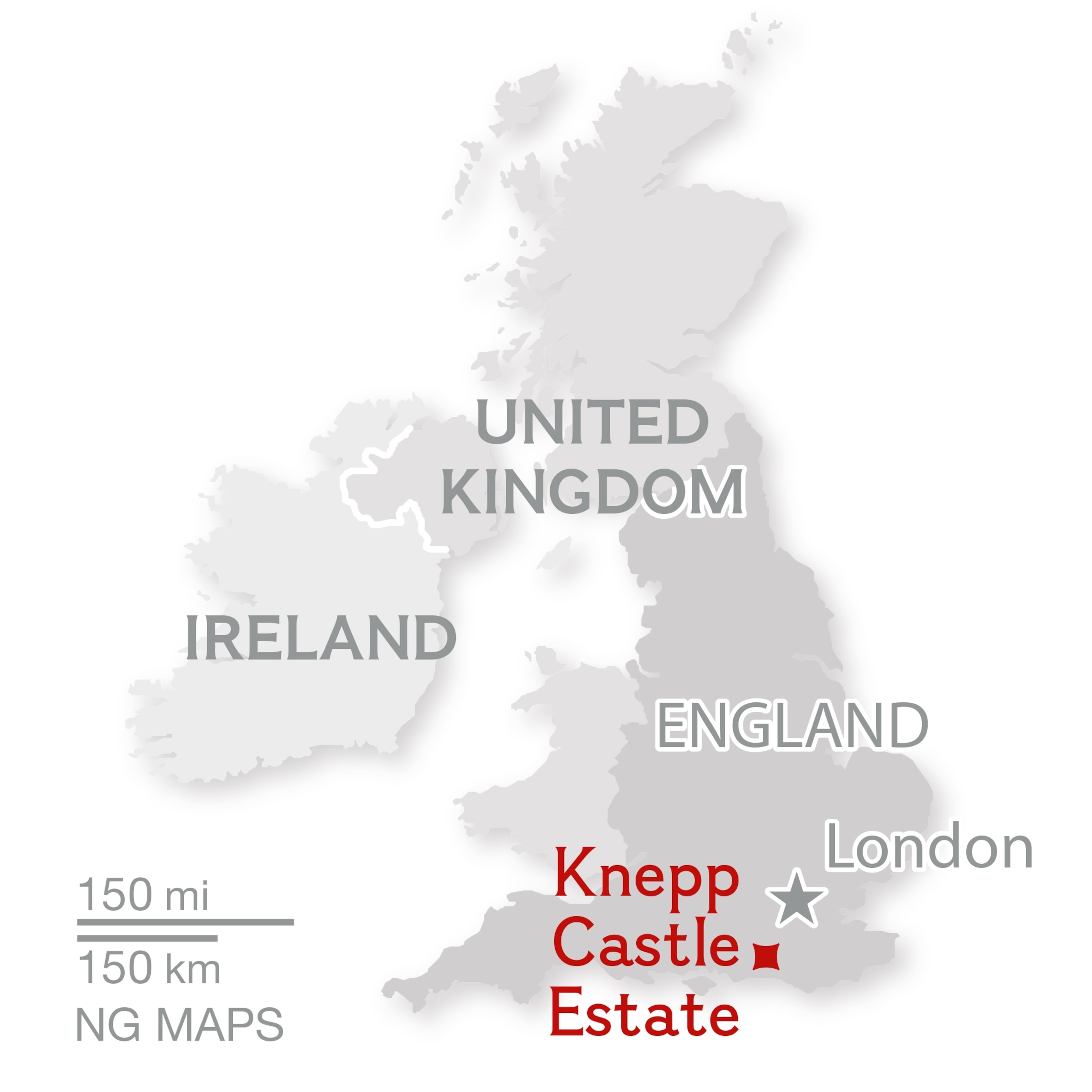
Now we wait, with baited breath, for the third arrival and the sound we yearn for most of all: a gentle purring, soothing, inviting, softly melancholic. The song of the turtle dove.
It takes my husband, Charlie Burrell, back to Africa, where he spent the first years of his life. This is where the doves come from—every year, a miracle in itself, their tiny flight muscles pumping 3,000 miles from sub-Saharan Africa, across the Mediterranean, up the Iberian Peninsula, through France, across the English Channel.
They were my childhood too, at the other end of their gargantuan journey—long, lazy days on an English lawn, the adults drinking Pimm’s, the pop of a tennis ball, the soundtrack of summer, as reassuring as the cuckoo—their throaty churring lodged deep in the cerebellum.
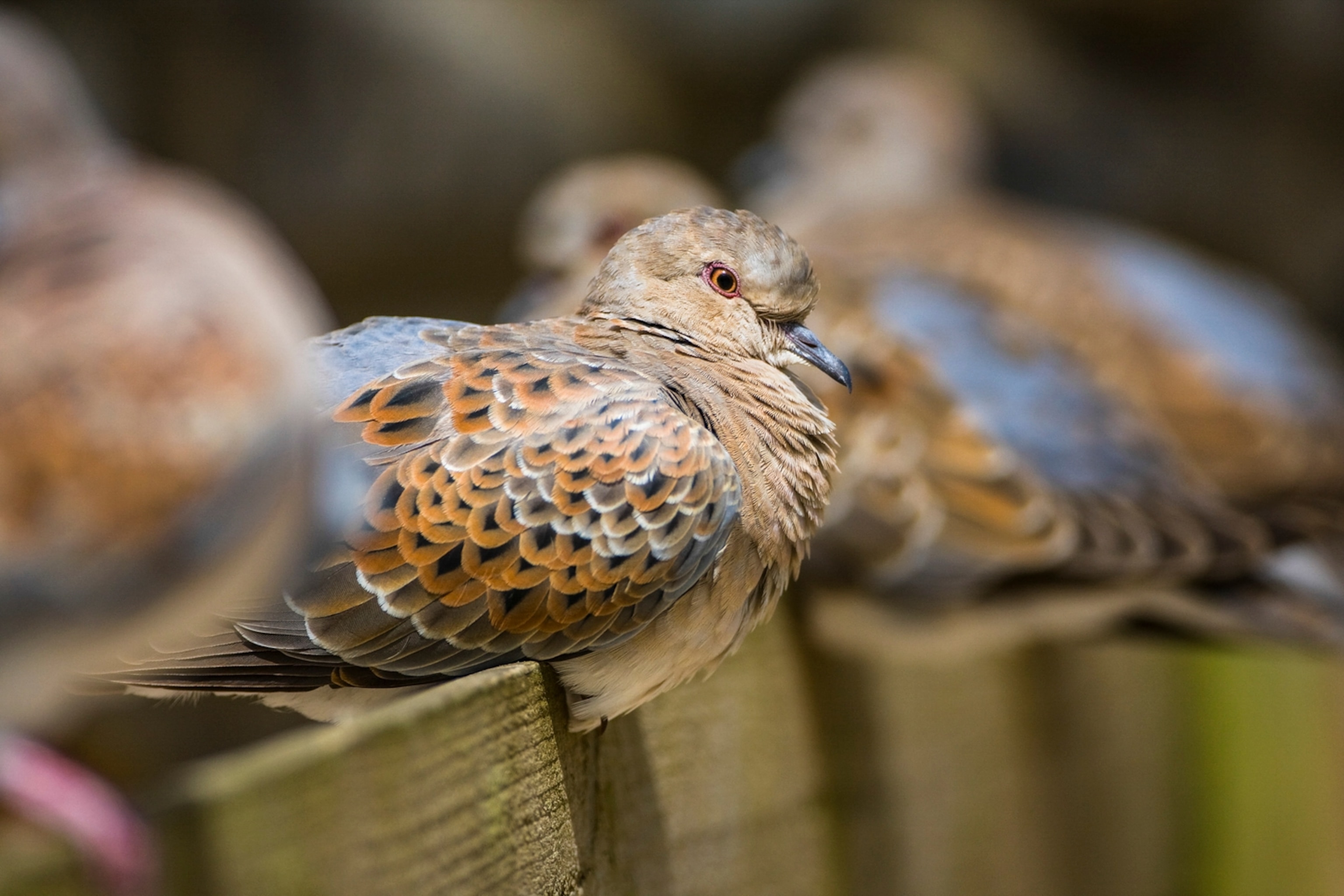
It’s a nostalgia all but lost to the younger generations. Like the cuckoo’s, turtledove numbers have plummeted in Britain—down 93 percent since the 1970s—so now, when the carollers stand at our door at Christmas singing of the things my true love gave to me, most of them have no idea how poignant is the sound of two turtledoves, or significant the gift—their strong pair-bonding an emblem of constancy and devoted love, the stuff of Shakespeare’s sonnets.
Last Redoubt of the Turtledove
Much of their decline is from habitat loss, the weeds with tiny seeds, like fumitory, on which they depend exhumed by decades of modern intensive farming. Ornithologists predicted their range would expand with global warming, perhaps as far as the Scottish borders, but instead it is shrinking at an alarming rate. Starving refugees, they’ve retreated to their last redoubt, here in the southeastern corner of England, the bird species most likely to go extinct in our country in the next few years.
But suddenly our patch—3,500 acres of former arable farmland in west Sussex, 44 miles from central London—is bucking the trend. We heard a turtledove here, the first in decades, eight years ago. Last summer, we reckoned we had 11 breeding pairs. They’re so shy you can hardly hope to see them. Though once we were surprised by a pair sitting out in the open on the dusty track, their pink breasts touched by the glow of evening, the black-and-white stripes on their necks evocative of the markings of the zebra they may have flown over over a few weeks ago.
We heard a turtledove here, the first in decades, eight years ago.
Only 14 years ago, our house, built in 1805 for my husband’s family—castle by name, folly by nature, fantasy of the Regency architect John Nash, with crenellations and turrets and studded oak doors—was an island in a rotating sea of maize, barley, and wheat. The plow came to within feet of the long library windows. Like all his forbears and most of our neighbors, Charlie agonized over oscillating crop prices, the vagaries of the English weather, and the dead weight of Sussex clay.
“Godawful land,” my father-in-law warned us the day my husband inherited the estate in 1987, when we were in our early 20s. “If I were you, I’d sell the lot and buy somewhere that won’t do you in.”
In his youth, Charlie’s father had farmed tobacco in the rich, red soil of Rhodesia. To him, the Sussex clay—imprint of an unhappy childhood—was a leaden responsibility. When he remarried, he moved to Australia for good, surrendering his future inheritance to his eldest son.
Charlie, loyal to the legacy of five centuries of Burrells in Sussex, the clenched fist in their coat of arms defiant over the front door, demurred. A decade or more later, though, his father’s words were ringing in our ears. Schooled in advanced farm management at Cirencester Agricultural College, Charlie had thrown all he could at the land—bigger, shinier machinery, new varieties of crops, fertilizer by the shed-load—and produced only two significant harvests, cash flow nose-diving off the balance sheet.
Tree Talk
A discussion about a tree changed everything. We needed advice on what to do with the great pedunculate oak along the drive from the house and were put in touch with Ted Green, a passionate, straight-talking septuagenarian, who’s the custodian of the royal oaks in Windsor Great Park.
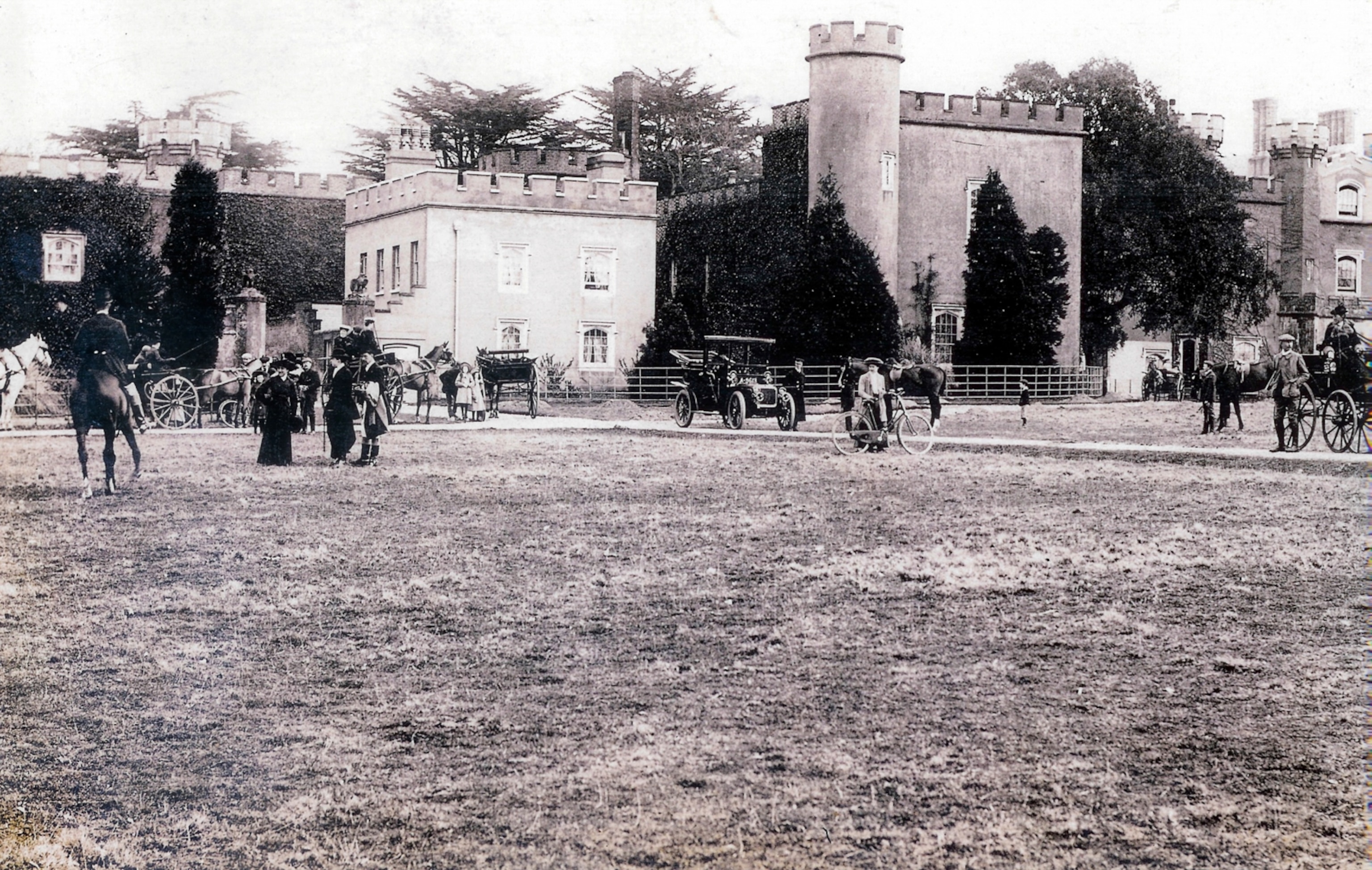
He was appalled by what he saw at Knepp. Not so much the tree in question—a triumphant, spreading universe of foliage 300 years older than the house and in need of little more than a judicious haircut—but its fellows on the other side of the drive, in what had once been ancient Repton parkland.
Ever since Britain had been urged to “Dig for Victory” to keep itself from starvation in World War II, plows, power harrows, and seed drills had been assaulting the roots of these great trees, scouring right up to their trunks. And following the Green Revolution of the 1970s, a new generation of fertilizers, herbicides, insecticides, and fungicides had been laying waste to their underground life-support systems of micorrhizal fungi. The majestic oaks that had presided over the 18th, 19th, and 20th centuries—and might have hoped to see beyond the 23rd—were now barely clinging to life, skeletal limbs semaphoring their distress.
Moved by Ted’s visit, we applied for a government grant to restore the park, and we set about ring-fencing 300 acres around the house, sowing it with a mix of native grasses and wildflowers.
New Life for the Land
That first summer was a revelation. Suddenly we were cradled in waves of pacific green. No excavated soil, no machinery, no serried ranks of arable crops. The land itself, released from its cycle of drudgery, seemed to be breathing an almighty sigh of relief. But most of all, it was the sounds: the low-level surround-sound thrumming of insects—something we didn’t even know we’d been missing. We walked knee-deep through oxeye daisies, bird’s-foot trefoil, ragged robin, knapweed, and ladies’ bedstraw, kicking up clouds of common blue butterflies, meadow browns, skippers, bees, hoverflies, and grasshoppers.
We could have been in the Serengeti, watching herds meandering across the savanna.
When the following summer we released fallow deer—the traditional grazers of English parkland—onto the pasture, some easier cycle, a natural dynamic, seemed to have returned. We could have been in the Serengeti, watching herds meandering across the savanna. Rooks took up the role of egrets, riding on the animals’ backs, picking out ticks. Swallows, swifts, and house martins scooped low over new hunting grounds. The weather did as it pleased, and we no longer railed against it. Charlie’s shoulders began to sink back down from around his ears.

Gradually over the next five years, we removed all the land from farming. In the southern part of the estate, the poorest land of all, where there was no park designation, we were free to let go. Exuberant scrub—dog rose, sallow, hawthorn, bramble—began to emerge.
We gave it several years to establish, then introduced grazing animals: Exmoor ponies, old English longhorn cattle, Tamworth pigs, fallow deer, and red deer. Free to roam, they act as proxies for the megafauna such as the wild horse, auroch, elk, and boar that would have lived on this land 5,000 years ago, and with which our ecology evolved.
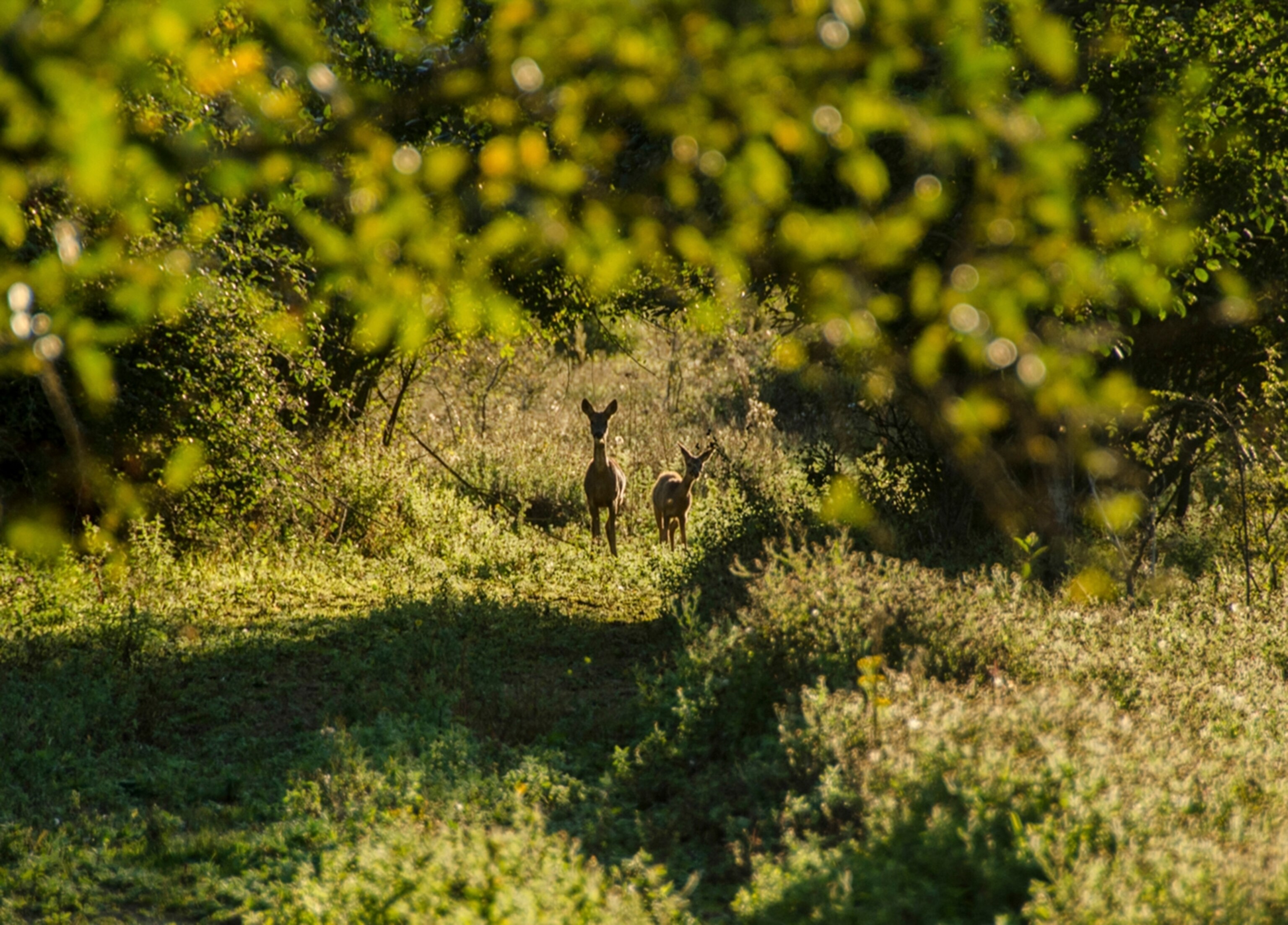
The combined grazing of our animals stimulates different species of fauna and prevents the scrub from turning into species-poor closed canopy forest. Thanks to them, the monotony of arable land has morphed into a mosaic of habitats—wood pasture, grassland, scrub, and water meadows—ever changing, subtly evolving, unpredictable. Natural processes in action.
The Show-Stoppers
The return of nightingales in 2010 caused a sensation. They hadn’t been heard here for 50 years. Ecologists estimate that our land now supports 2 percent of the entire breeding population in the U.K.
There are other show-stoppers too: cuckoos, lesser-spotted woodpeckers, wood larks, sky larks, lapwings, ravens, red kites, peregrine falcons, long-eared owls, Bechstein and barbastelle bats, purple emperor butterflies, water violets, and a host of internationally rare fungi and beetles that have mycologists and coleopterists falling over themselves to record.
Of them all, though, for me it’s the turtledove that stirs my soul. Like last year, as soon as they arrive, I know I’ll be dreading the thought of them leaving, which will be toward the end of August or beginning of September. The long-term forecast predicts a perfect summer for growing—plenty of sunshine punctuated by showers—and I’m hoping they’ll be able to feast here on the delicate pods of vetch and the tiny seeds of bird’s-foot trefoil, white clover and black medick and the tangles of weeds that festoon our network of animal trails. If we’re lucky, our breeding pairs will manage to bring up two broods, with hopefully two chicks in each.
They’ll need to be in good physical condition at the end of the season too. They, and their young, will need all the flight strength they can muster—not to mention an inordinate amount of luck. Waiting for them on the other side of the Channel on the flight path back will be all the firing squads of Europe.
Records are, perhaps unsurprisingly, hard to find, but it’s known that in 1999, in France alone, 189,300 turtledoves were shot. Though far more plentiful in Europe than in Britain, their numbers there have declined dramatically too—80 percent since 1980.
It’s forbidden now in France, as it is in most of Europe, to shoot the birds on their spring migration, but they’re still mown down on their way back to Africa in autumn. Most Mediterranean islands still shoot them coming and going. Only a few days ago, in a referendum held on April 12, the Maltese voted, by a narrow majority, to continue shooting birds flying over in spring.
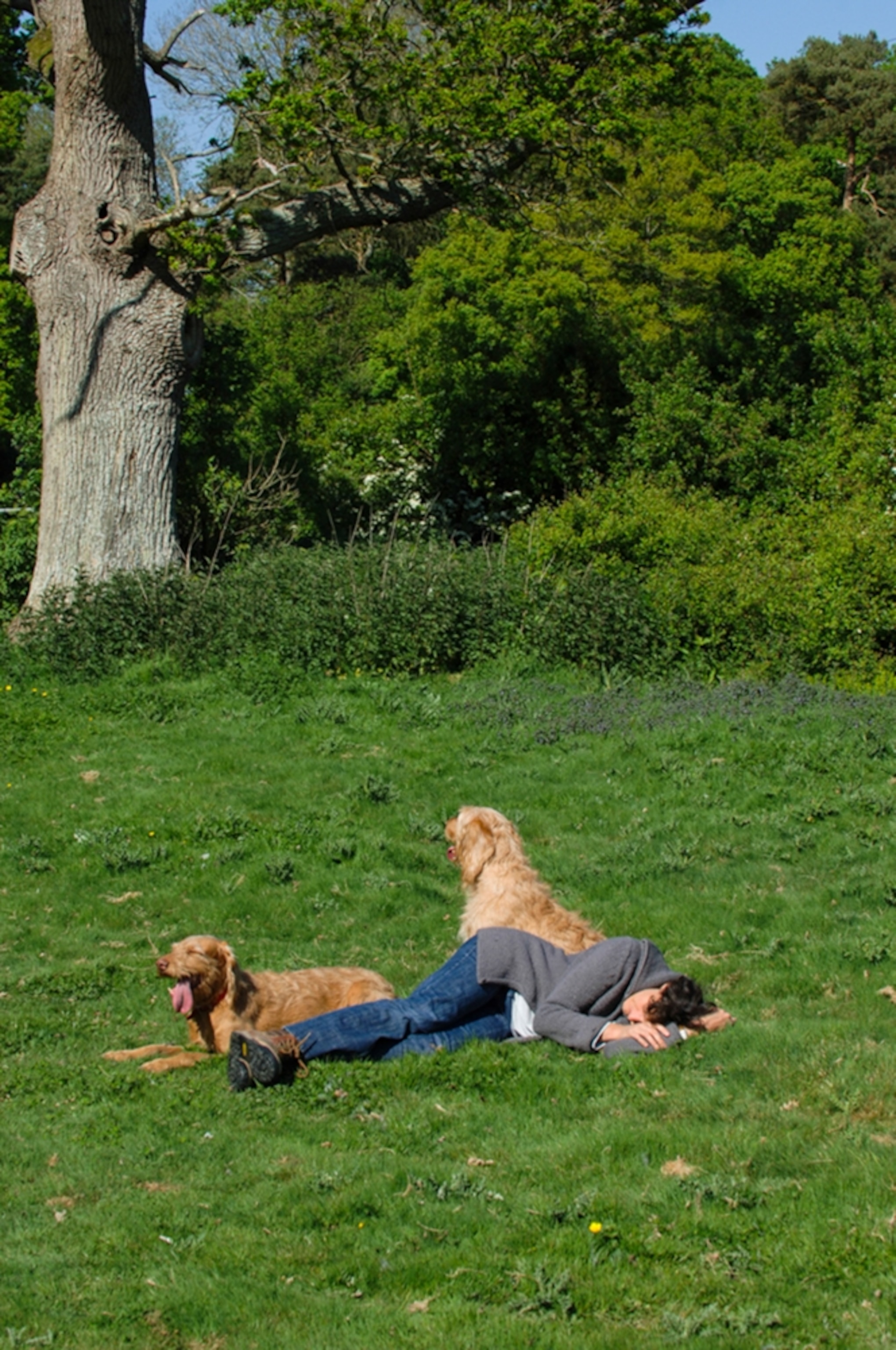
On the Greek island where we holiday every year, the locals plant fumitory to attract turtledoves, then shoot them as they rest exhausted on the ground. Our neighbor, a jovial, hospitable friend, serves up turtledoves for supper. He’s baffled by my distress.
For me, their sound pulls up an atavistic memory somewhere deep in the DNA, of a time when doves were the messengers of peace, when taboos and religious sensitivities protected them.
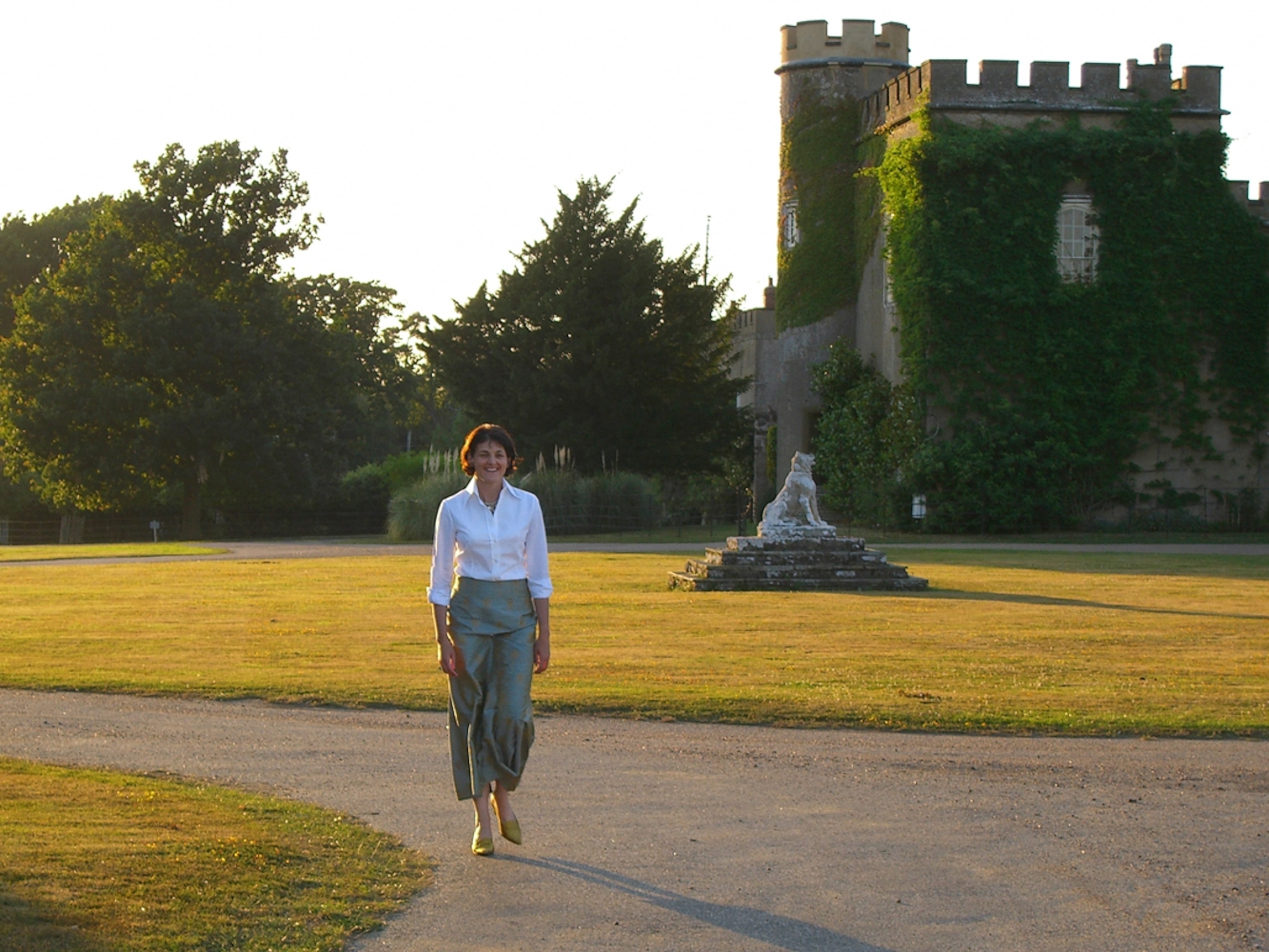
Their mournful churring seems to plead a change of heart. A lament from the wild. A love song. They are not “our” turtle doves, I know, any more than they are French or Spanish or African, but I’ll be counting the days they stay safe with us this summer, waiting with trepidation for the moment the call of Africa compels them to leave again.
Having spent much of their lives in search of wild places, Isabella Tree and her husband, Charlie Burrell, have found the end of the rainbow right on their doorstep. The Knepp Wildland Project is in its 14th year and will be the subject of her fifth book, The Return of the Turtledove.


